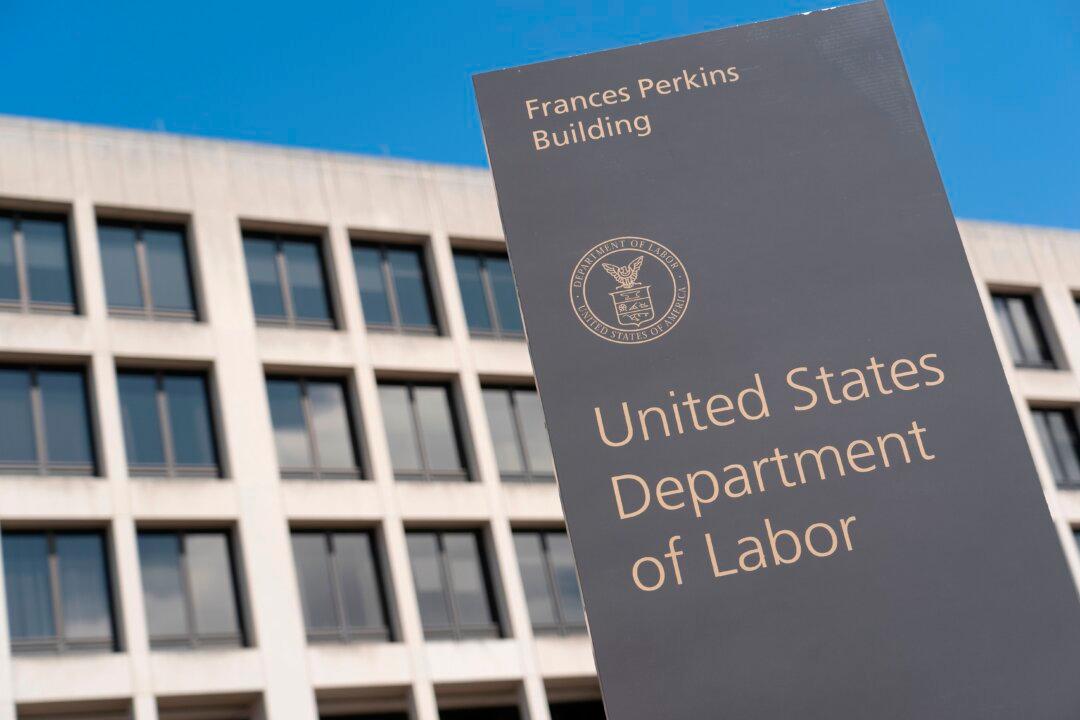The U.S. Department of Labor’s new independent contractor rule went into effect Monday, despite court challenges brought by businesses finding the rule makes it more difficult for them to determine whether someone is an employee or an independent contractor.
The new rule marks an almost three-year endeavor by the Biden administration to overturn a Trump-era rule, which established a straightforward “economic reality” test for businesses to distinguish an independent contractor from an employee.





